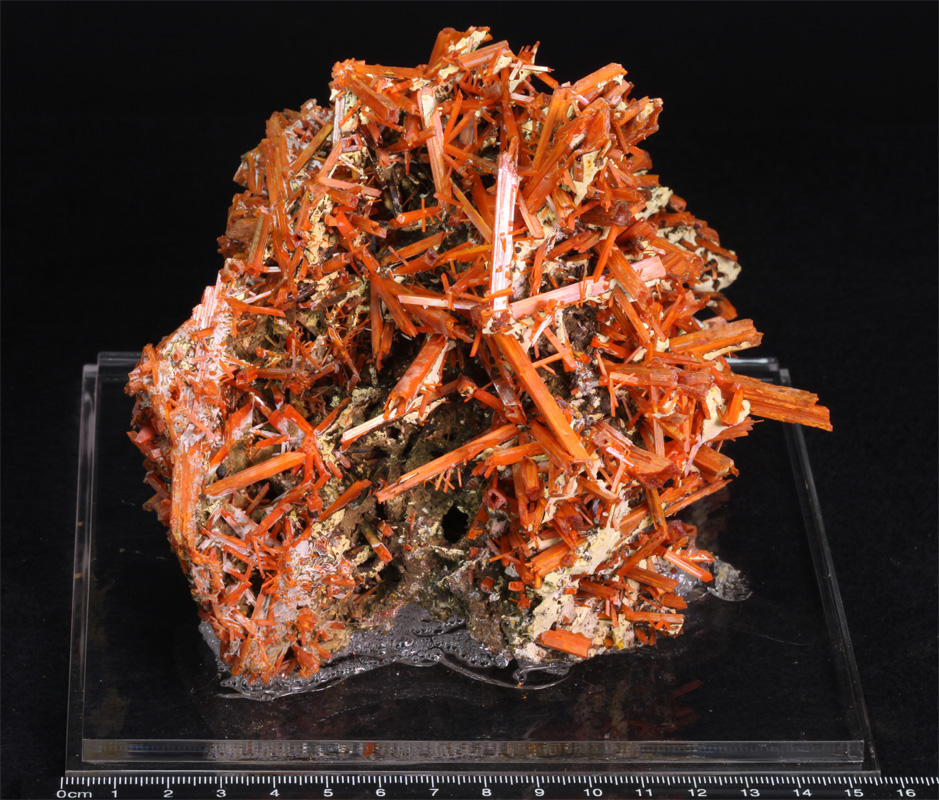

The moon mining drill can then be activated to extract a chunk of the moon over a period of 6 to 56 days, slowly pulling the chunk closer to the refinery. Once a moon has been identified as a good candidate, a refinery is anchored near the moon mining beacon and then the refinery must be equipped with a moon mining drill service module. There is also no reason to launch additional probes at the same moon - the results are always accurate regardless of the probe type used, and will never change even after moon extractions have begun.

There is no known limit to how many probes a player may have active at any given time, only a practical limit on how many one can launch while moving between moons to launch more, before the results start to return and clear their respective probes from the list. Much of this data is redundant, but it makes for good error-checking if the results are to be run through a script or stored in a database.Ĭonverted into a more legible table format: The values listed in this export are the Ore name, the Quantity (as a percentage, on a 0-1 scale), the TypeID of the ore, and the ID's for the Solar System, Planet and Moon. Moon Moon Product Quantity Ore TypeID SolarSystemID PlanetID MoonID The probe results window does not allow copying to clipboard via typical keyboard commands such as Ctrl+C, however there is a "Copy to Clipboard" button which will copy the entire list of probe results into a tab-delimited format that can easily be pasted into another program: Individual results can be cleared by right clicking on the moon name and selecting Delete. The window will keep these results until the user logs out of the game, even if they move to another system. The ship must stay in-system and undocked until the results are sent back from the probe, and the results will appear in the bottom half of the same window. Upon launching a probe, a new window will be displayed showing the remaining time for the probe to return its results. It does not auto-repeat, but it will auto-reload if emptied and additional probes are available in the cargohold. Once in range and aligned, cycle the Survey Probe Launcher to launch a probe.

This means you must physically align your ship to the moon, as the probe is launched in a straight line along your path of travel. Survey Probes must be launched directly at the target moon, from within 100,000km of it. Only one survey probe launcher of either variant can be fitted to a ship at a time. Unlike the probes themselves, there is a T2 variant of the launcher, which grants a 10% reduction to the probe's scan time. This allows it to be used on a wide variety of hulls. The Survey Probe Launcher fits in a high slot, but does not require a turret or launcher hardpoint. There is no T2 Survey probe, although the Gaze Survey Probe is restricted to Omega-only. The data returned by each type of probe will always be the same, so the primary considerations are how many a ship can carry (if probing a system with lots of moons, or many systems) and how long it takes to get the results. They differ in skill requirement, size, and the "maximum flight time" which is the measure used for how long it will take to return data. The probe is still consumed when this happens. If the ship is not facing the moon when a survey probe is launched, the probe may 'miss' the moon and return no results. Second, the ship must be pointed directly at the target moon when the probe is launched. First, Survey probes are consumed when they are launched, and cannot be recalled to the ship. Moon scanning is different than probe scanning from exploration, in two critical ways. An example of a moon scan result is shown below. Moon scans return details on the average output of a moon, and allow would-be moon miners to understand what the value of the moon might be so that the best available moon can be selected. Moons may be scanned with survey probes along with a survey probe launcher. Note: This section uses images and scan results taken prior to the moon mineral distribution changes in March 2020, which removed regular ores from moons.


 0 kommentar(er)
0 kommentar(er)
